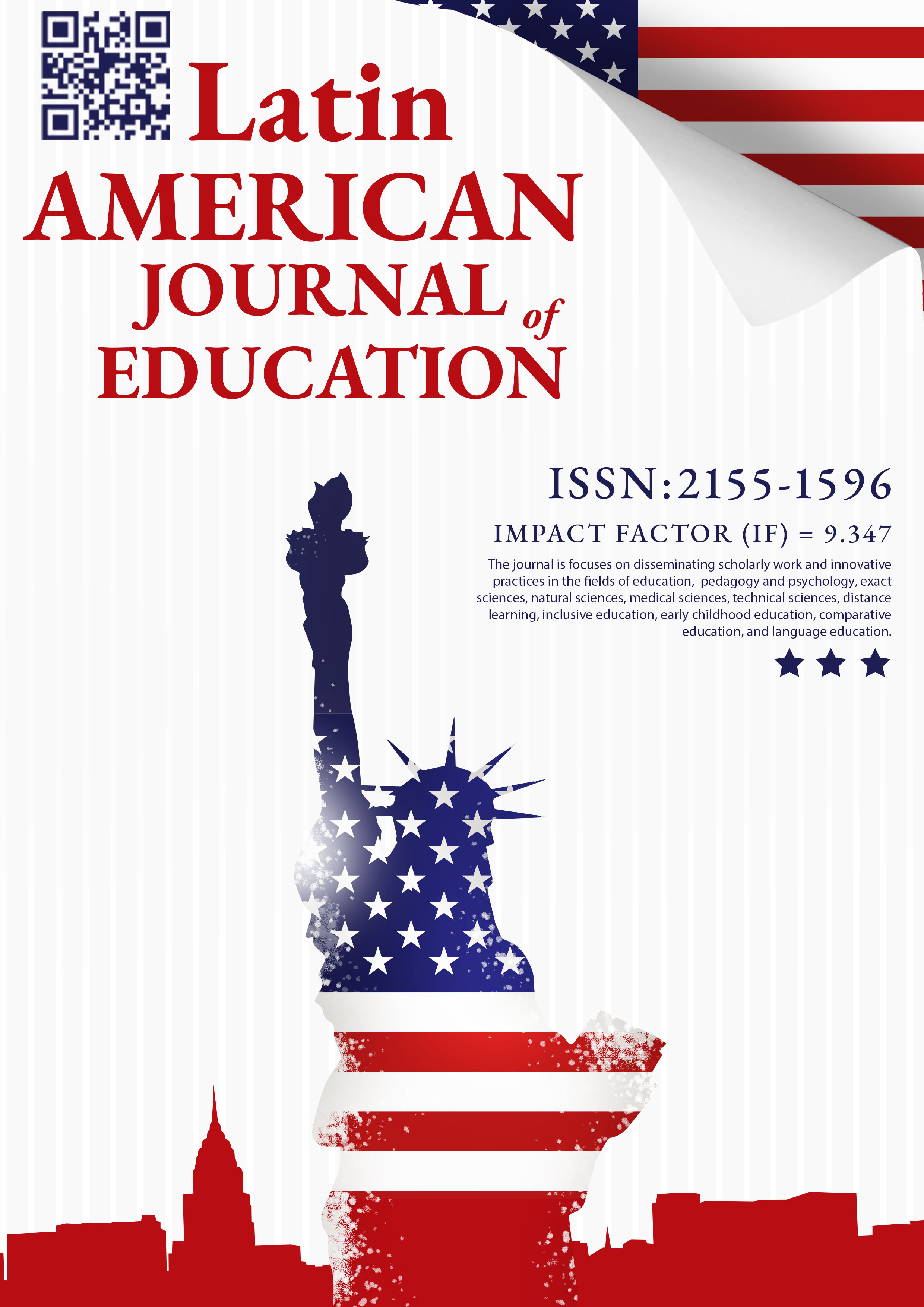AN EMPIRICAL INVESTIGATION OF CAPITAL AVAILABILITY IN UZBEKISTAN: FINANCING CONSTRAINTS AND THEIR IMPACT ON CORPORATE LEVERAGE DYNAMICS
Keywords:
Uzbekistan, access to capital, interest rates, corporate leverage, venture capital, financial reformAbstract
This study examines the access to capital for businesses in Uzbekistan, focusing on the high-cost lending environment, its impact on firms' financing decisions, and the resultant capital structure. Despite a growing domestic market and government reforms aimed at fostering investment, Uzbek firms face an average business loan interest rate of approximately 16% in 2023. This rate, substantially higher than in developed markets, results from institutional underdevelopment and a nascent venture capital ecosystem. The high cost of debt leads firms to rely more heavily on equity and internal financing, which corresponds with observed lower leverage ratios compared to global counterparts. The implications for Uzbekistan's economic growth and policy recommendations are discussed.
References
1. Ali, M., & Ahmad, N. (2020). Selected Macro-Economic Variables and Financial Leverages Impact on Performance Indicators of Quoted Chemical Firms in PSX. Asian Journal of Accounting Research, 10(1), 80-89. https://doi.org/10.18488/journal.1006.2020.101.80.89
2. Avdjiev, S. (2017). The dollar, bank leverage and the deviation from covered interest parity. BIS.
3. Central Bank of Uzbekistan. Financial Stability Report 2024 H1. 2025
4. De Haas, R. (2022). State Ownership and Corporate Leverage Around the World. EBRD.
5. German Economic Team. Banking Sector Monitor Uzbekistan. 2023
6. Giroud, X. (2018). Firm Leverage and Regional Business Cycles.
7. Hadi, A. R. A., et al. (2019). Interactions of Short-Term and Long-Term Interest Rates in Malaysian Debt Markets. Asian Academy of Management Journal, 24(Supp. 1), 19-31. https://doi.org/10.21315/aamj2019.24.s1.2
8. Jõeveer, K. (2013). Firm, country and macroeconomic determinants of capital structure. ScienceDirect.
9. Nasritdinova, G. (2018). FDI Scenario in Uzbekistan: Current Reforms and Future Prospects. International Journal of Management Sciences and Business Administration, 4(4), 38-42. https://doi.org/10.18775/ijmsba.1849-5664-5419.2014.44.1004
10. Nusa, A. R. Y. P., et al. (2020). Pengaruh Karateristik Perusahaan Terhadap Tax Avoidance serta Dampaknya pada Nilai Perusahaan. International Journal of Business and Governance, 7(1), 57-66. https://doi.org/10.17977/um004v7i12020p57
11. Olang, A. M. (2017). Effect of Financial Leverage on Profitability of Firms Listed in the Nairobi Securities Exchange. Global Journal of Management and Business Research, 6(7), 290-295. https://doi.org/10.21275/art20175033
12. Shakirhonov, B. (2017). Venture funds as one of the major sources of investment for innovative entrepreneurship in the Republic of Kazakhstan. University of Piraeus, 20, 334-347. https://www.um.edu.mt/library/oar/bitstream/123456789/29655/1/Venture_Funds_as_one_of_the_Major_Sources_of_Investment_for_Innovative_Entrepreneurship_2017.pdf
13. Shukhratovich, S. S., Zukhriddin, K., & Qizi, S. M. Z. (2020). Prospects for attracting investment in the economy of Uzbekistan. International Journal of Economics and Business, 2(3), 94-97. https://doi.org/10.33545/27068919.2020.v2.i3b.133
14. Uzbekistan Country Climate and Development Report (2023). World Bank. https://doi.org/10.1596/40608
15. Zafar, Q. (2019). The determinants of leverage decisions. Taylor & Francis.
16. Zulkhibri, M. (2015). Interest burden and external finance choices in emerging markets: Firm-level data evidence from Malaysia. International Review of Economics and Finance, 141, 15-33. https://doi.org/10.1016/j.inteco.2014.11.002















